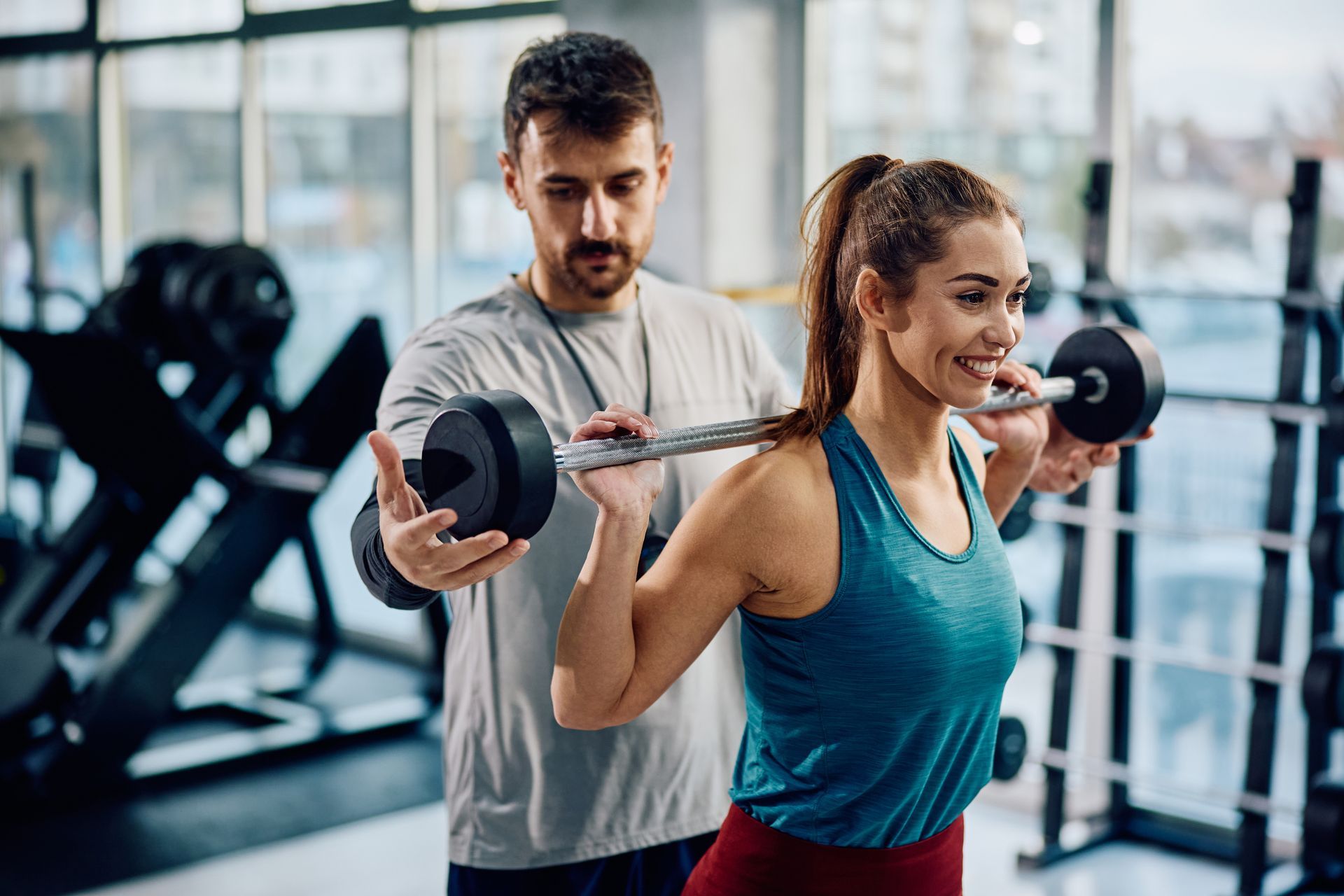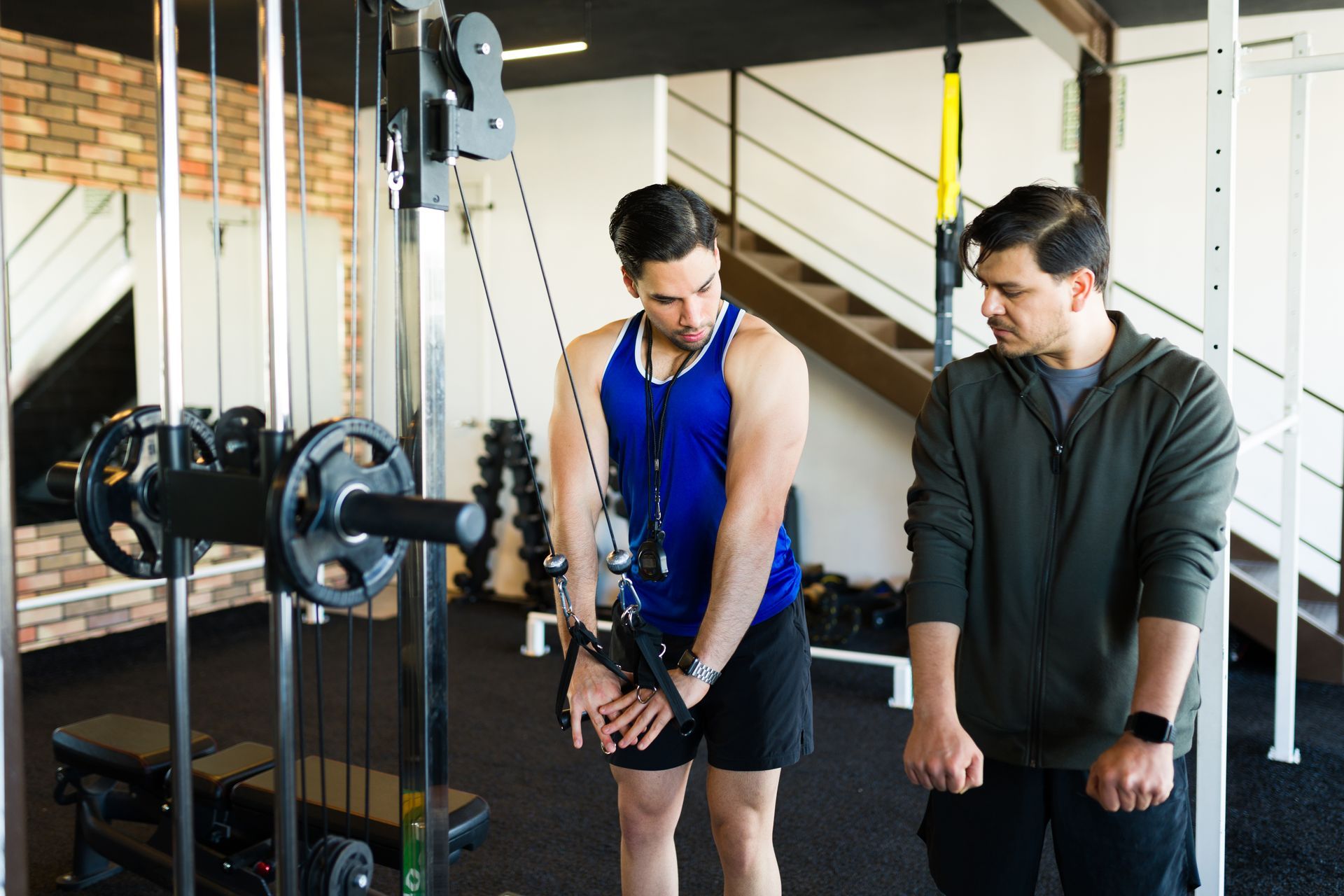September 22, 2021
Can Cardio Exercises Build Muscle?
Can Cardio Exercises Build Muscle?
For years, the debate between weight lifting and cardio exercising has been going on with full power, as both sides have proponents.
As you may or may not know, cardio has been dubbed as the number one health improvement tool, while weight lifting is claimed to be more oriented towards visual and functional development.
And though both have actual benefits for the body and all of its processes, one question remains - Can cardio actually help you build muscle? To answer this, let’s dive a bit deeper.

What Is Cardio?
Generally, cardio is any low-intensity activity that is done for a prolonged period of time, such as:
- Jogging
- Skipping
- Swimming
- Rowing
- Cycling
These are aerobic activities that primarily engage the heart and the lungs, leading to more efficient energy transportation.
This in turn leads to increased levels of endurance, where the individual can eventually sustain the activity for hours on end.
HOWEVER, prolonged, low-intensity activities only engage the slow-twitch muscle fibers, which don’t have a big potential for hypertrophy (growth).
Nevertheless, there are ways to use cardio exercises AND build muscle.
The Answer Is… Sprints!
As mentioned, prolonged cardio activities only engage the slow-twitch muscle fibers, due to the fact you don’t really need to exert much.
However, if you change the WAY in which you do the exercise (i.e running), the stimulus changes.
Sprints are without a doubt one of the most powerful tools to put in your training arsenal, ESPECIALLY for the goal of lower body development.
By definition, sprints have all the characteristics of a muscle building exercise, because they involve short, power bursts that engage the fast-twitch muscle fibers.
Sprints are applicable for any cardio exercise, whether it’s swimming, cycling, running, skipping rope, or rowing.
Just make sure to not do them right before or right after leg day, as sprints are demanding on the lower body and would require recovery time afterwards.
Sample Sprint Workout
Just like your normal gym workout, before you get into sprinting full-on, you have to go through a proper warm-up routine, where you’ll prepare and prime the legs for high exertion.
The goal of the warm-up is to 1) activate the muscles and fill them with blood, 2) raise the heart rate a bit, and 3) raise the body temperature a bit.
A good sprint run warm-up can include:
- Light jogging
- Dynamic stretching
- Squat jumps
- Power breathing
When you feel like your body is loose enough, follow the steps in the table below.
| Run # | Distance | Rest Times |
|---|---|---|
| #1 - Warm up run, 60-70% exertion | 30m | 1 minute |
| #2 - Warm up run, 70-80% exertion | 40m | 90 seconds |
| #3 - Full-on sprint, 90-100% exertion | 50m | 3 minutes |
| #4 - Full-on sprint, 90-100% exertion | 50m | 3 minutes |
| #5 - Full-on sprint, 90-100% exertion | 50m | 3 minutes |
Much like any other workout, you have to apply the principle of progressive overload on sprints, as well.
This would imply increasing the distance run, the number of sets or, changing the rest times.
Sprint workouts can even replace your weight training leg workout in the gym. So if you have a day where you don’t feel like squatting, get up for some sprints. I often have two lower body days in my personal workout routine: one made up of traditional weight training movements (squats, lunges, deadlifts, etc), and one made up of sprint activity (sled work and or/fan bike sprints).
Take Home Message
Prolonged, low-intensity cardio exercises are a great tool to boost your heart and lungs, but when it comes to visual development, this approach to training is not really what you are after.
Nevertheless, you can take the same cardio exercise and switch the way of execution in order to create a powerful muscle-growth stimulus.
I believe that some form of sprint work should be in the training arsenal of every self-respecting trainee who is looking to maximize the aesthetic development and strength of their lower body.
Don’t miss out. Do your sprints!





